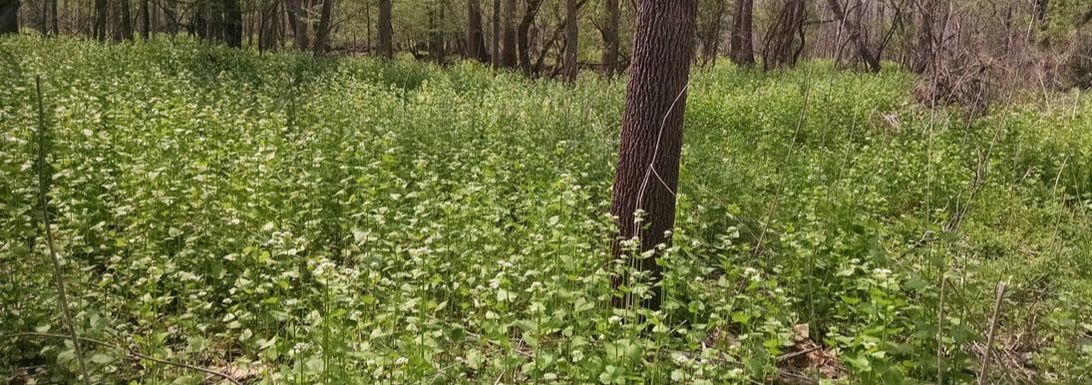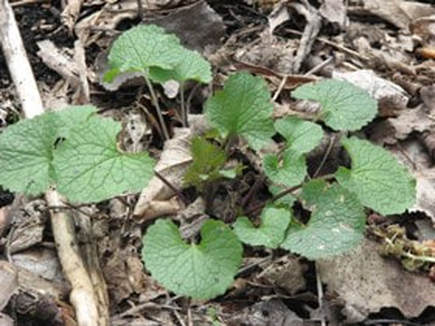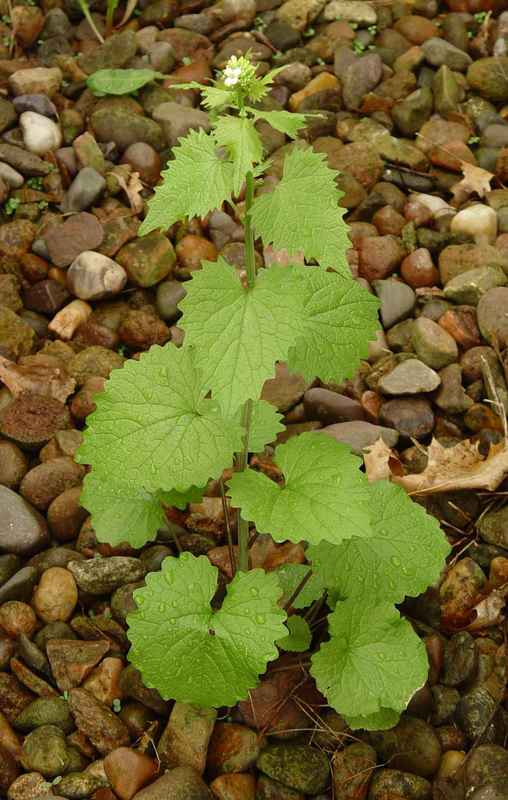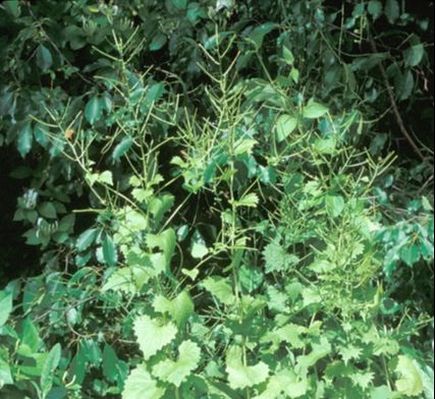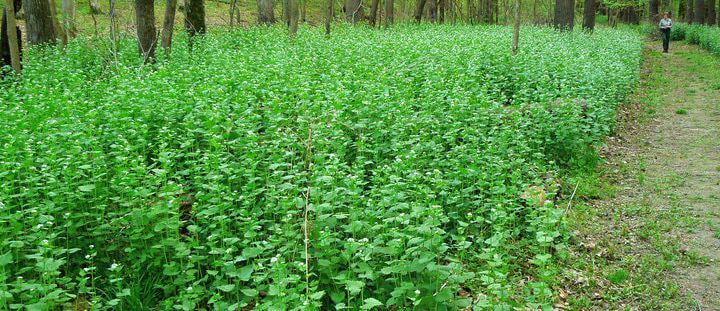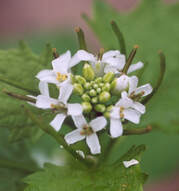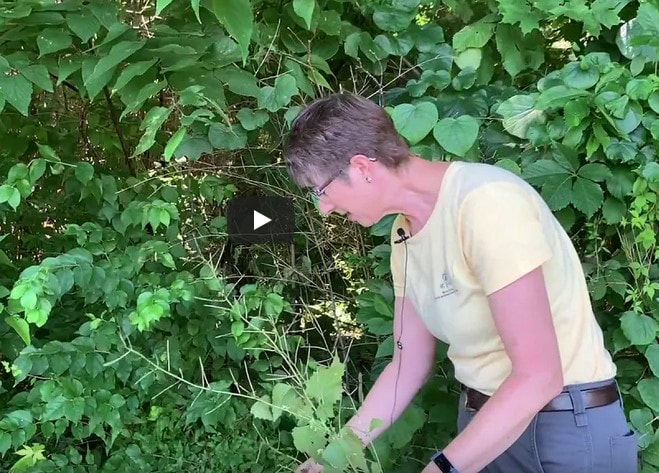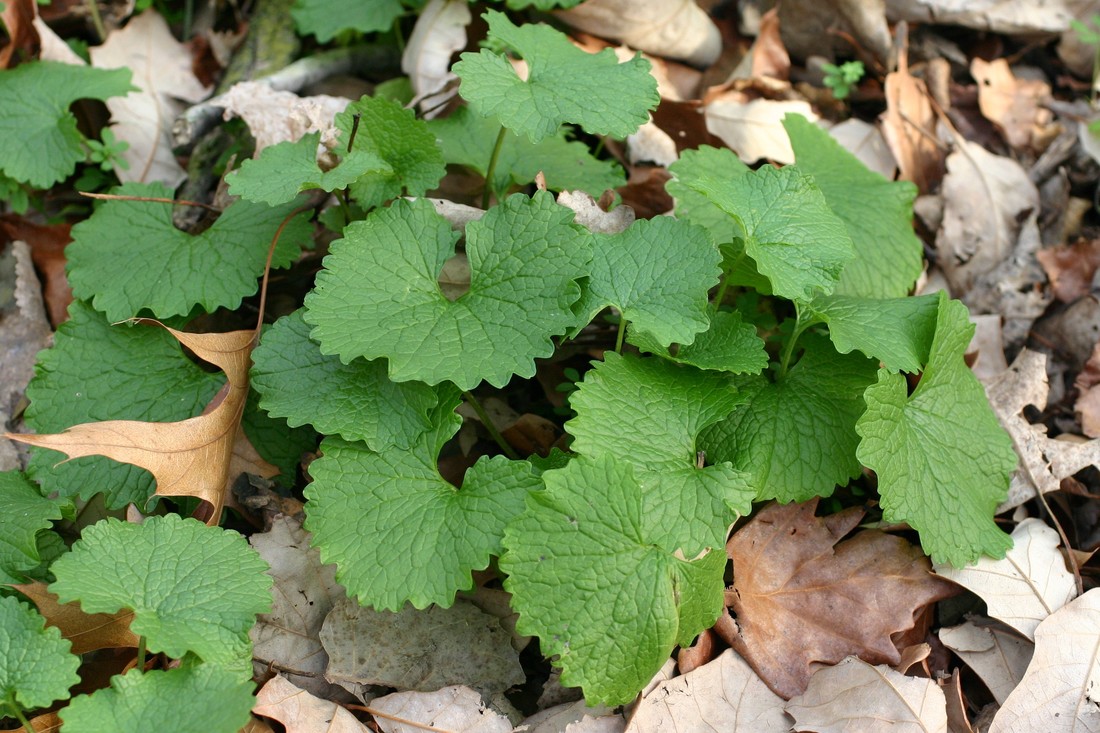Garlic Mustard
|
- Home
-
Invasive Species
- A Summary of Some of the Worst Invasive Plants in Monroe County
- Asian Bittersweet
- Asian Bush Honeysuckle
- Autumn Olive
- Burning Bush
- Callery Pear (aka Bradford Pear)
- Garlic Mustard
- Japanese Barberry
- Japanese Knotweed
- Japanese Stiltgrass >
- Jumping Worms
- Lesser celandine
- Mile-a-Minute Vine
- Multiflora Rose
- Purple Wintercreeper
- Sweet Autumn Clematis
- Tree of Heaven
- Yellow groove bamboo
- News
-
Projects
- Native Plant Sale
- Reduce Invasive Species Challenge
- Fightin' IRIS Award Winners
- Mapping Invasive Plants in Monroe County
- Callery Pear Replacement
- Cascades Park
- Dunn's Woods Project
- Grow Indiana Natives
- Hinkle-Garton Farmstead
- Adopte-a-Kudzu Site
- Wintercreeper Control Assistance
- Outreach
- Invasive Plant Rule
- Love Our Land Contest
-
Resources
- Reduce Invasive Species School Grant Program
- Resources for Landowners
- Composting Invasive Plants
- Terrestrial Invasive Plant Guide
- Tool Kits for Loan
- Invasive Plant Surveys
- Homegrown National Park™
- MC-IRIS Brochure
- Information for Educators
- Invasive Plant Control Contractors
- Native Plant Links
- Sustaining Nature And Your Land Day
- Partners
- Volunteering
- Contact Us
- Donate
- Annual Reports
